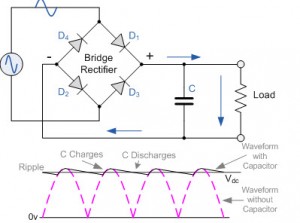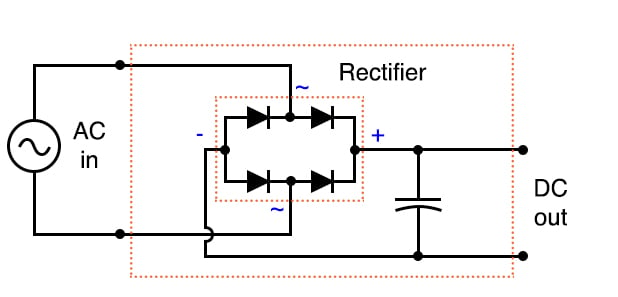Etching copper off PCBs consumes reactive agents in the etchant. I've shared this before but PCB layout artists at Peavey were advised to leave as much copper on the boards as practical.
==
For some high current power amp traces, the solder mask was left off so extra solder would accumulate on the traces to lower the resistance.
JR
==
For some high current power amp traces, the solder mask was left off so extra solder would accumulate on the traces to lower the resistance.
JR




































